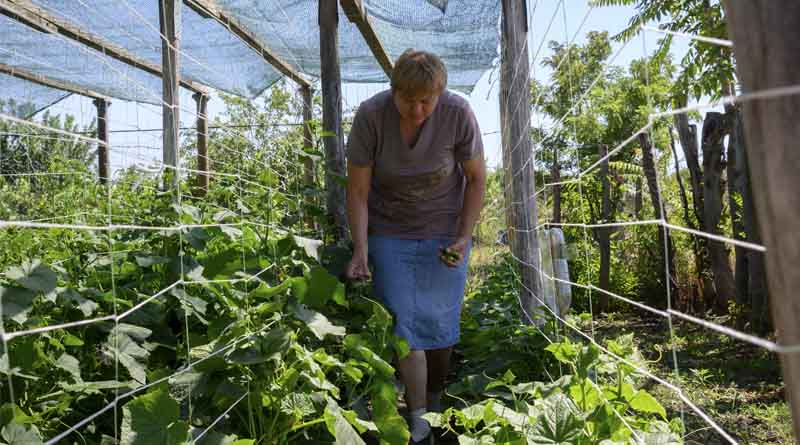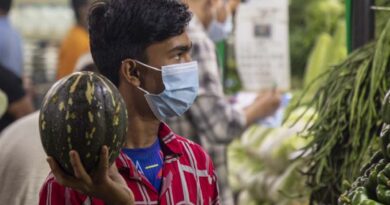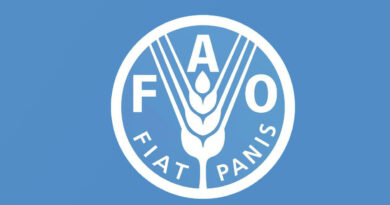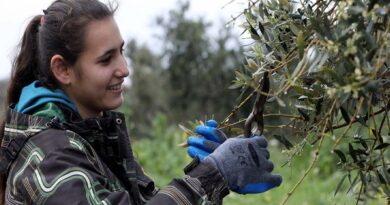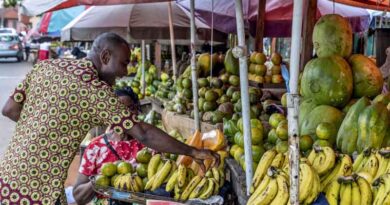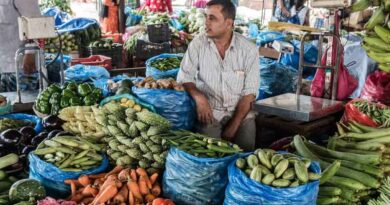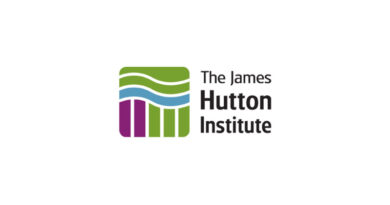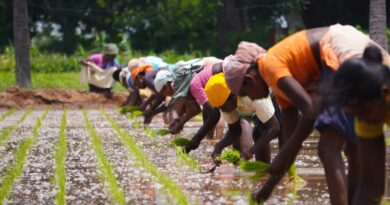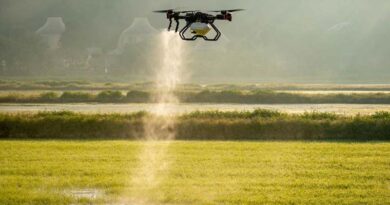Despite multiple challenges, food insecurity is decreasing in Europe and Central Asia
In the Europe and Central Asia region the estimated number of moderately or severely food-insecure people declined by 4.1 percent (or 4.7 million) between 2021 and 2022 to 111.1 million people.
15 December 2023, Hungary: With less than seven years left until the deadline, Europe and Central Asia are making progress in achieving the Sustainable Development Goal (SDG) 2 of Zero Hunger, including tackling food insecurity and all forms of malnutrition, despite serious challenges experienced in the past few years. Even though the average cost of a healthy diet has increased in the region, the number of people who cannot afford a healthy diet has declined in 2022.
These and more have been revealed by the 2023 edition of the Regional Overview of Food Security and Nutrition in Europe and Central Asia, published today by the Food and Agriculture Organization of the United Nations (FAO), the custodian agency for SDG 2 ‘Zero hunger’.
The report also notes that in the past years, the pandemic, conflicts, weather extremes, and natural disasters have made it more difficult to improve food security and nutrition. Still, since 2000, the prevalence of undernourishment in the Europe and Central Asia region has been below 2.5 percent. The estimated number of moderately or severely food-insecure people declined by 4.1 percent (or 4.7 million) between 2021 and 2022 to 111.1 million people.
In 2022, four out of the seven subregions, including Central Asia, the Western Balkans, and the Caucasus surpassed the regional average of 11.9 percent in the prevalence of moderate or severe food insecurity. On another note, estimates show that women are more prone to be moderately or severely food insecure than men. This trend is consistent at the global level as well.
“We hope that this report provides valuable information that can contribute to effective intersectoral collaboration, including with civil society organizations and the private sector, to accelerate progress towards achieving the SDG 2 goal in Europe and Central Asia,” said Godfrey Magwenzi, Officer-in-Charge for the FAO Regional Office for Europe and Central Asia, ad interim, in the report’s foreword.
“Our Organization stands firmly committed and ready to support governments in their efforts at regional and national levels,” Magwenzi underlined.
On the other hand, the regional trend on the proportion of overweight and obesity is alarming. In 2022, the prevalence of overweight children under 5 years of age in Europe and Central Asia was 7.1 percent, higher than the global estimate of 5.6 percent. Despite the decreasing trend from 9.7 percent in 2010, the prevalence is more than double the 2030 target of reducing childhood overweight. Adult obesity is on the rise in all subregions and all countries in this region. In parallel, progress has been made in most countries concerning other nutrition targets, including child stunting, child wasting and low birthweight.
“For those who are classified as moderately food insecure, access to food is uncertain. They might have to sacrifice other basic needs, just to be able to eat regularly, and what they get is very often not the most nutritious food,” explained Tamara Nanitashvili, Senior Policy Officer at FAO and lead author of the report. “When someone is severely food insecure, they have gone a day or more without eating. In other words, they have most likely experienced hunger.”
According to the latest estimates, more than 25 million people (or 3.1 percent of the total population) in Europe and Central Asia could not afford a healthy diet in 2021, 2.7 million less than a year before.
The 2023 regional food security and nutrition report cites the conclusion of the 2022 edition, calling for an agrifood systems transformation and the rethinking of food and agricultural policies to adequately address challenges related to food security, nutrition, health, environmental sustainability, and the livelihoods of farmers, especially rural farmers and other actors across the agrifood sector.
Also Read: High Sugar Prices Create Signs of Substitution Among US Manufacturers
(For Latest Agriculture News & Updates, follow Krishak Jagat on Google News)

